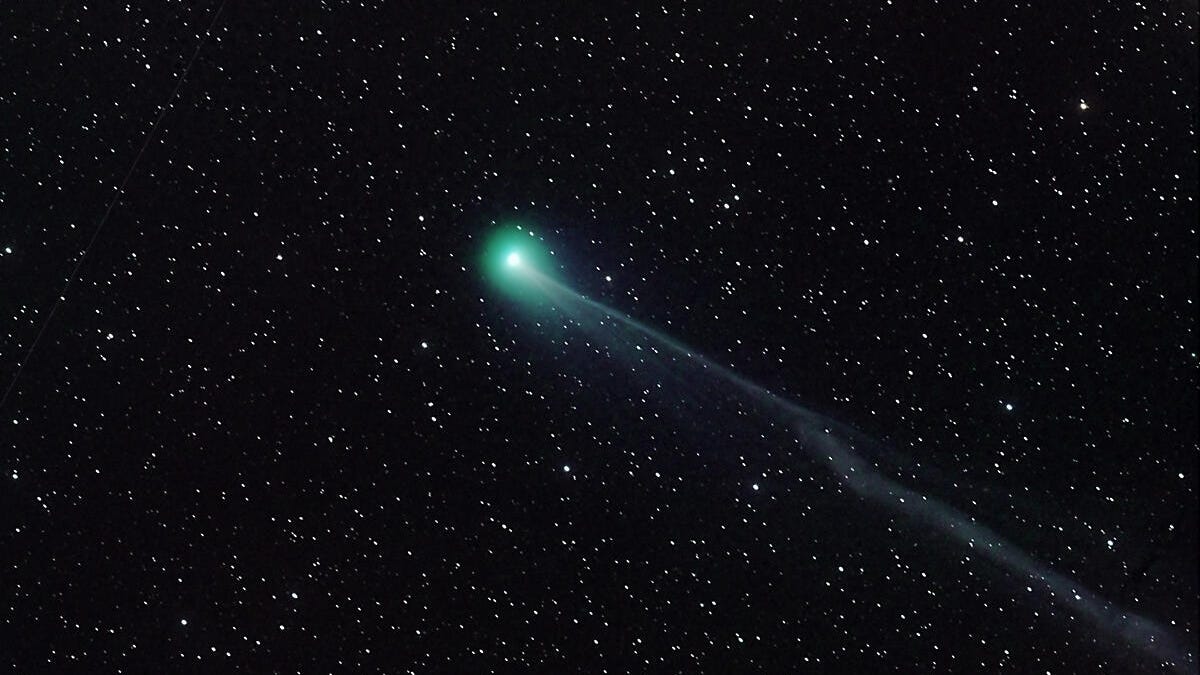Comet Swan is visible to the naked eye, and it may get even brighter
The visitor from deep space has passed us by, but may be due for an outburst as it careens toward the sun.

Comet C/2020 F8 SWAN captured by Australia's Siding Spring telescope.
Comet Swan has already passed Earth by, but its journey toward the sun could make it more spectacular. It's the latest comet teasing skywatchers with its magnificent tail, which is some 10 million miles (16 million kilometers) long.
Comet Atlas seemed to be a big deal earlier this year before it broke up and fizzled out. Now that comet is still hanging around and refusing to die, but it's not quite as bright as Comet C/2020 F8 Swan, which was discovered in late March.
Now Comet Swan could deliver on the promise of a rare night sky show that Atlas failed to provide. Already, Swan could be visible to those with exquisitely dark skies and sharp eyes. Others might also be able to spot it with binoculars.
Astronomer Con Stoitsis said some predictions show the comet continuing to brighten in the coming days."It should be an 'obvious' naked eye target in mid-May," he said on Twitter.
Comet SWAN this morning (April 28 18:43-19:20 UT, 2020) pic.twitter.com/laNvhoFaFS
— Terry Lovejoy (@TerryLovejoy66) April 29, 2020
The comet made its closest pass by Earth on May 13 and comes nearest to the sun on May 27.
There are a number of tools online -- TheSkyLive is a great place to start -- to help you find Comet Swan in the night sky. And, of course, the comet also has a Twitter account worth following.
Keep in mind that comets are notoriously fickle, as Comet Atlas demonstrated, and Swan could also go from rapidly brightening to fragmenting and fading at any moment.
With that in mind, it's probably a good idea to try and catch it now.

